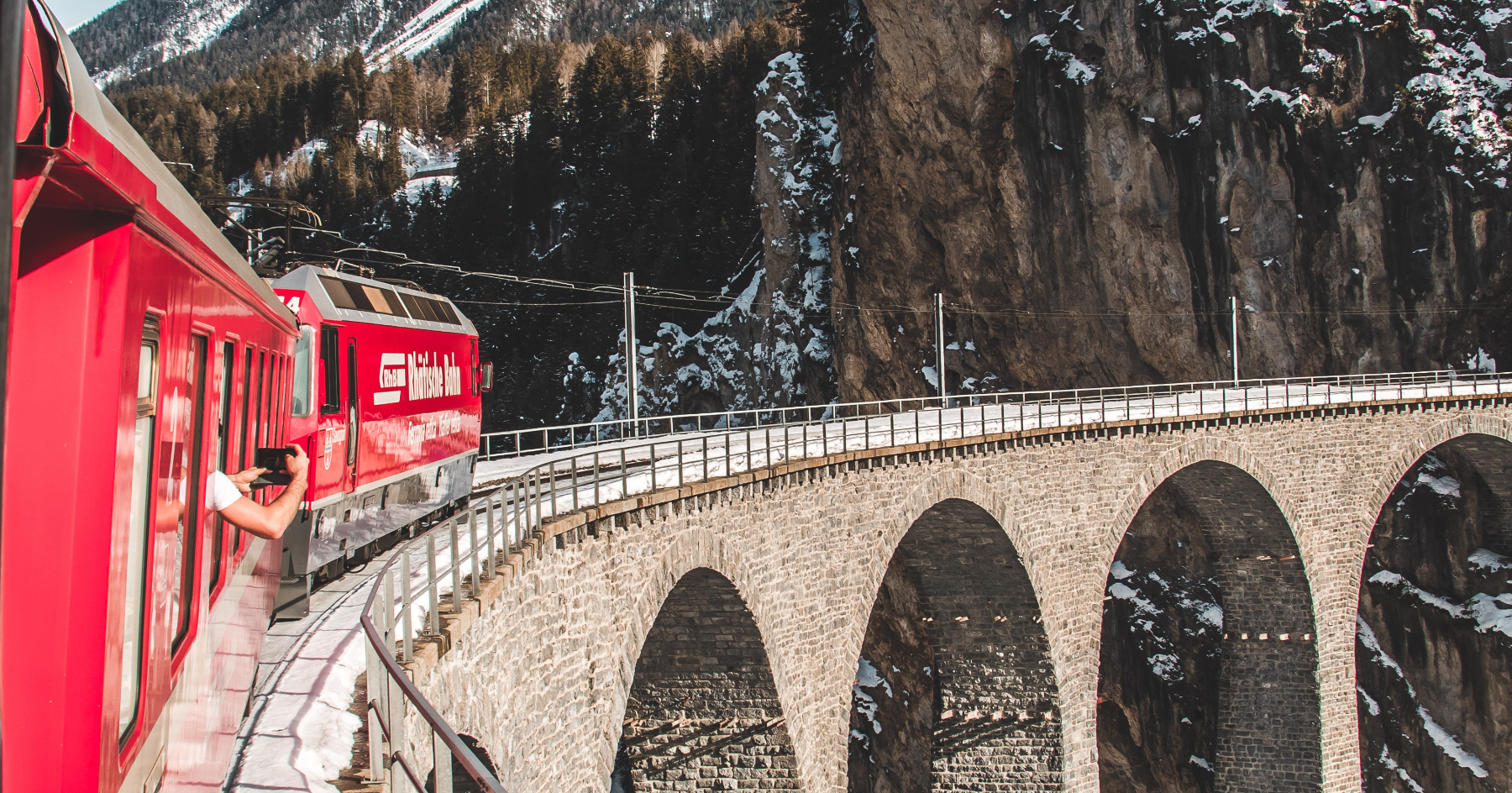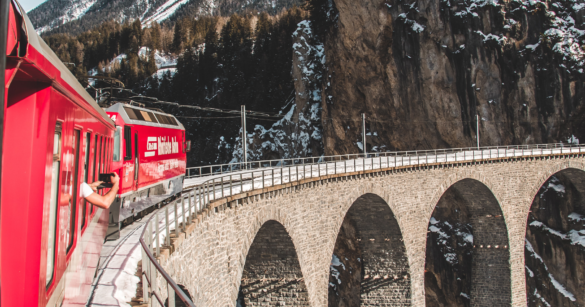Cost-benefit analysis is far from being a perfect tool. In particular, the subjective nature of costs and benefits makes all calculations arbitrary. Thus, it may happen that policymakers take bad decisions even when applying the best methodology. Yet, the world of politics requires that decisions be taken, and I believe that cost benefits analysis can still be helpful (and better than groping).
This was my feeling when, in the summer of 2018, I joined a group charged by the Italian Ministry of Transport to carry out the cost benefits analysis of some major transport projects, including the high-speed railway line between Turin and Lyon. A previous economic analysis had already been carried out in 2011. It was based on overly optimistic predictions and questionable methodological choices. For example, freight traffic through the Western Alps was expected to triple before 2050. In fact, today, it is still the same as thirty years ago. Moreover, such features as flexibility and reliability – typical of road transportation – had been ignored.

Be that as it may, the 2018/2019 study suggests that the project would be a waste of resources. Consistent with a similar analysis developed by French economist Rémy Prud’Homme in 2014, our results quantified the losses associated to the project as equivalent to some 7 billion Euro.
Most political parties, academics, association of enterprises and trade unions strongly criticised our work. Under strong pressure from all quarters, the Italian government gave in and went on with the project. The Government also decided to go forward with two other large rail projects (15 billion Euros), which were also characterised by a negative cost-benefit analysis. The main arguments in favour of these and other infrastructural programmes are that they enhance aggregate demand in the short term, spur growth and sustainability in the long run.
Yet, greater spending on infrastructure appears to be questionable even in a Keynesian perspective., “Megaprojects” present intrinsic characteristics that make them unsuitable for increasing employment in the short term: they are capital intensive, and take many years or even decades before they are completed. Moreover, when necessary to satisfy a growing transport demand, they are generally located in the areas less affected by recession.
The idea that more investment in transport infrastructure will increase economic growth is also questionable. A recent meta-analysis finds that the estimated effect of investing in infrastructure is highly variable, and that the higher the reliability of the estimate, the closer the effect is to zero.
Another study shows that there is a weak or no correlation between economic growth and investments in motorways and other roads even in the regions endowed with better government institutions. This evidence is not surprising. If growth depends on innovation and higher productivity, new infrastructures in countries already endowed with large facilities can hardly make a significant impact. Besides, transport costs represent a declining share of the total cost of production, especially with regard to high value-added products.
In contrast with popular belief, it is also worth observing that a large part of the road network is not congested. In Europe, travelling between two cities 500 km apart each other is usually completed in five hours. The recent rapid growth of e-commerce made possible for consumers to get whatever they need in a few days. Todays, long distance travel and shipment are no longer a problem at all.
The upshot is that one should probably reconsider the so-called Trans-European Networks for Transport (TEN-T), launched at the 1994 Essen European Council. These networks, for roads and railways, were planned as extremely long ‘‘corridors’’ (thousands of kilometers). The only apparent rationale was their more or less linear shape, with little attention to the actual figures involved. Let’s consider the case of the Turin – Lyon railway line, which currently serves about two thousand people every day. This figure is smaller than that characterising traffic along a secondary line. Rail freight traffic declined from a maximum of 10 million ton in 1997 to 3 million despite an upgrading of the existing line. Moreover, road freight flows at the Monte Bianco and the Fréjus tunnels are less than one truck per minute (on average). In a sentence, the share of rail traffic is less than 10 percent, despite the much higher tolls charged by motorways.
When the new Turin-Lyon line will be completed, users will hardly switch from road to rail, unless road tolls rise dramatically and/or the cost of trucking is pushed higher through tougher regulation (as it happened in Switzerland). Such policy is unlikely to have a positive effect on regional growth, and even less on national performance.
What about the environment? Air quality throughout Europe improved dramatically in the past decades, thanks to technological innovation. For example, a Euro 6 truck pollutes 98% less that its Euro 0 equivalent vehicle. Pollution will continue to decline in the future even with traffic increasing by 2 or 3 percent a year. Under the unrealistic hypothesis that about half the road traffic will move to the rails, the expected reduction of CO2 emissions would be equal to a negligible share of 0.5% of the Italian total emissions from the transport sector (or 0.12% of total Italian emissions). Certainly, traffic congestion is a very real problem in many urban areas. However, and far from being a situation of market failure, the cause of the present relative inefficiency is inadequate road pricing. Local authorities are the main culprits, since congestion is largely a local phenomenon.
To summarise, scrapping State and European funding wold make resources available for less wasteful projects. Nobody in Lithuania or Portugal seems to have protested against the possibility that the Turin – Lyon line would not be built. And probably many local promoters would have changed their minds if required to put their money where their mouth was.
Photo (edited) by Danilo Capece on Unsplash




